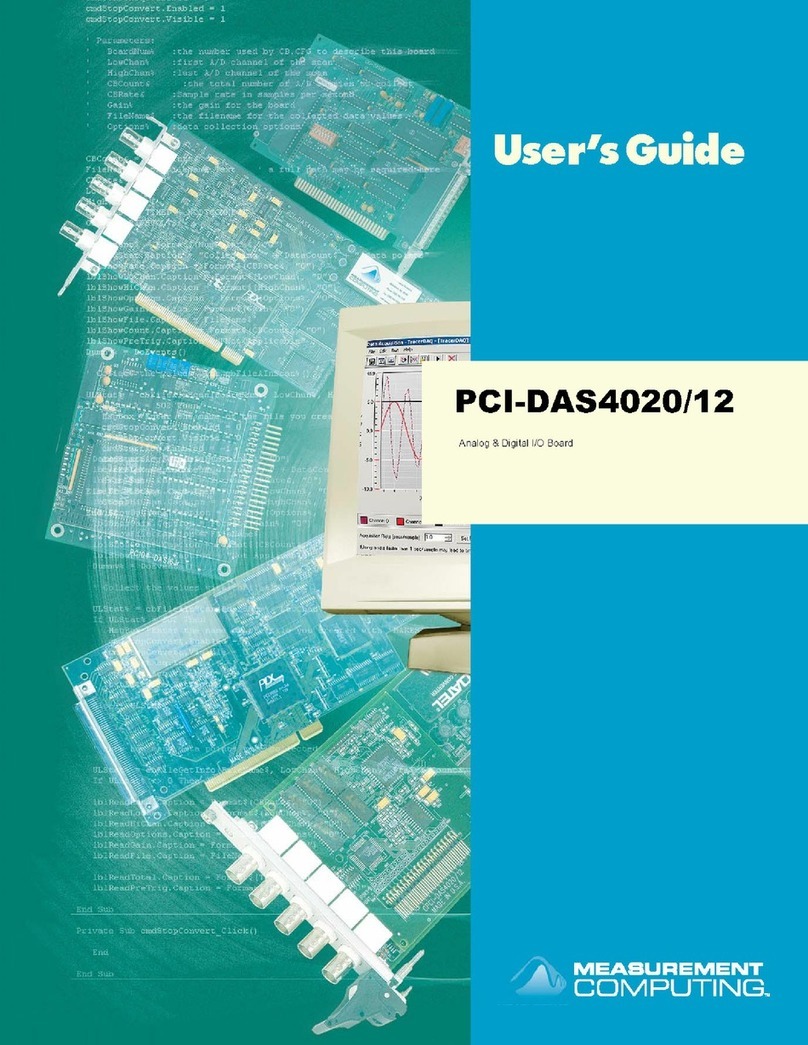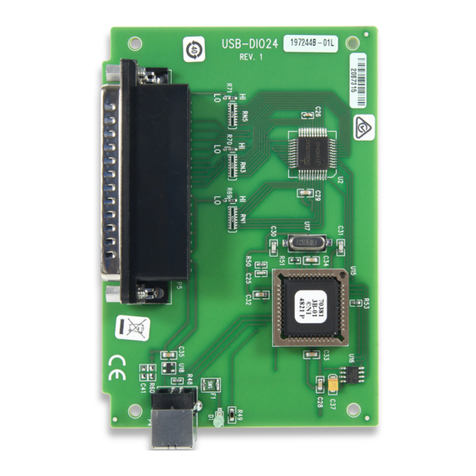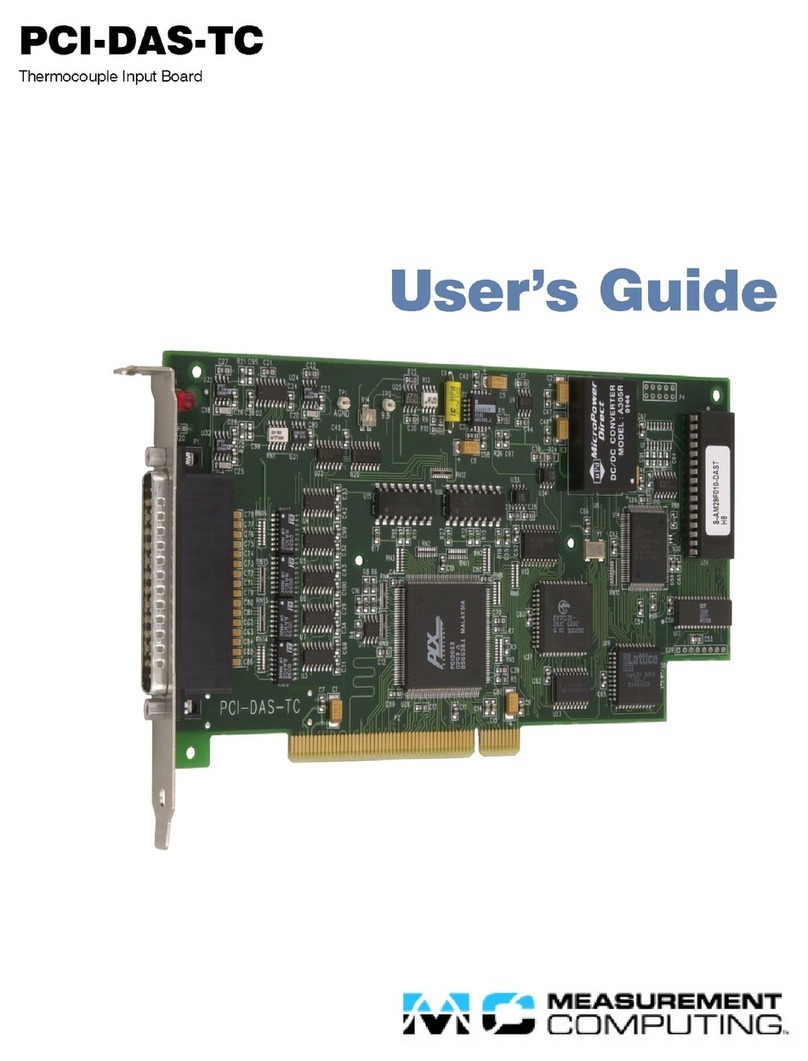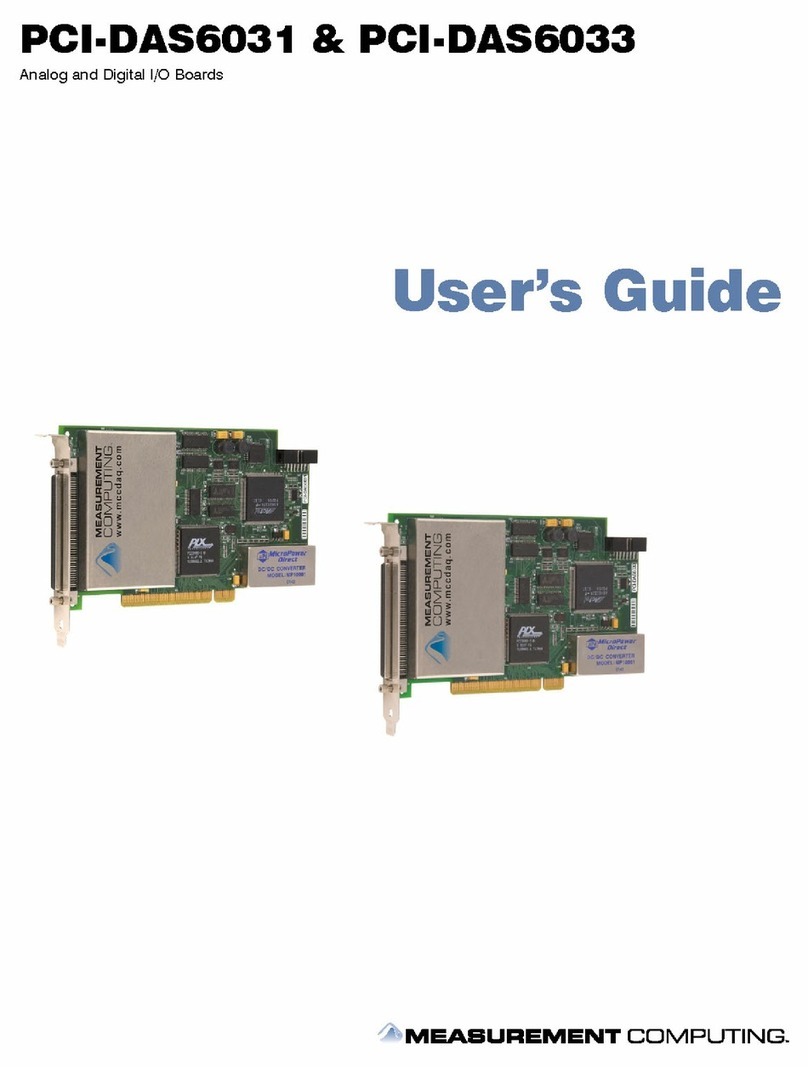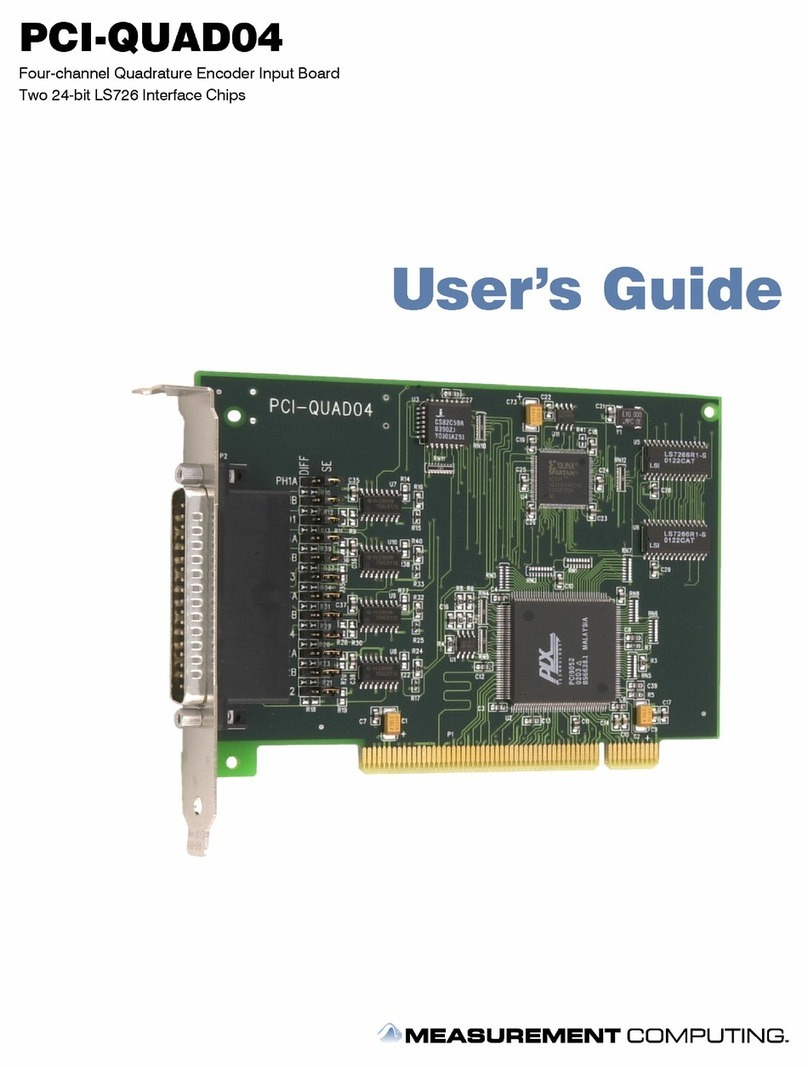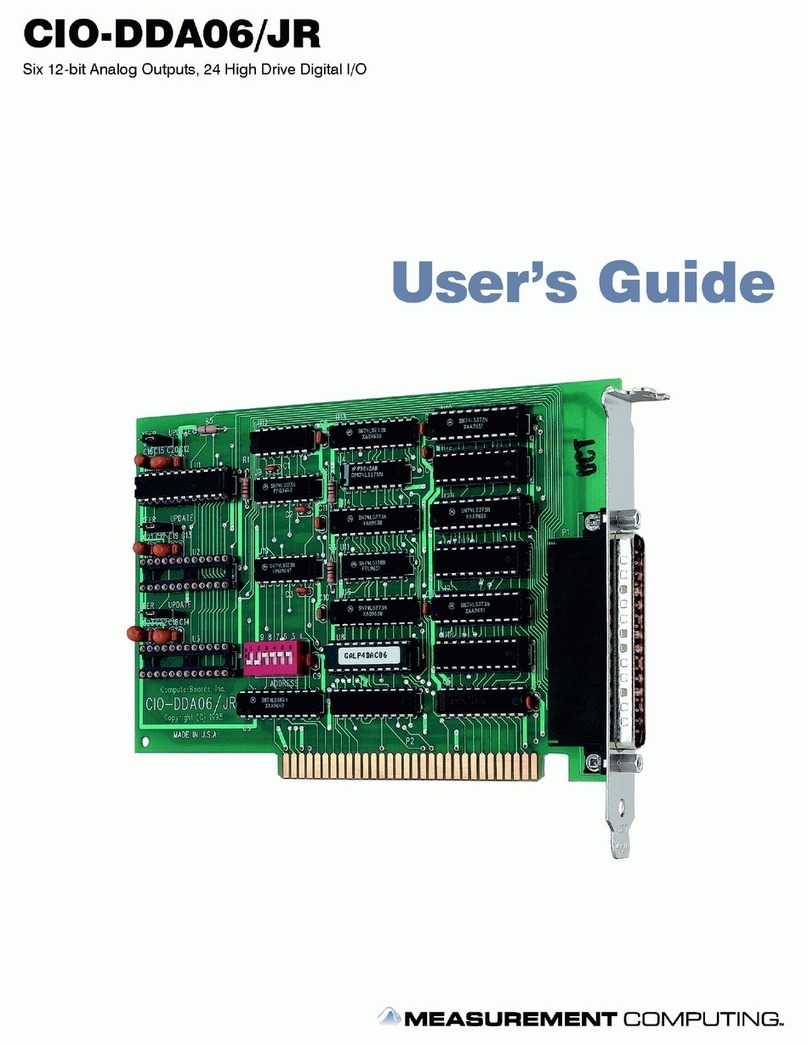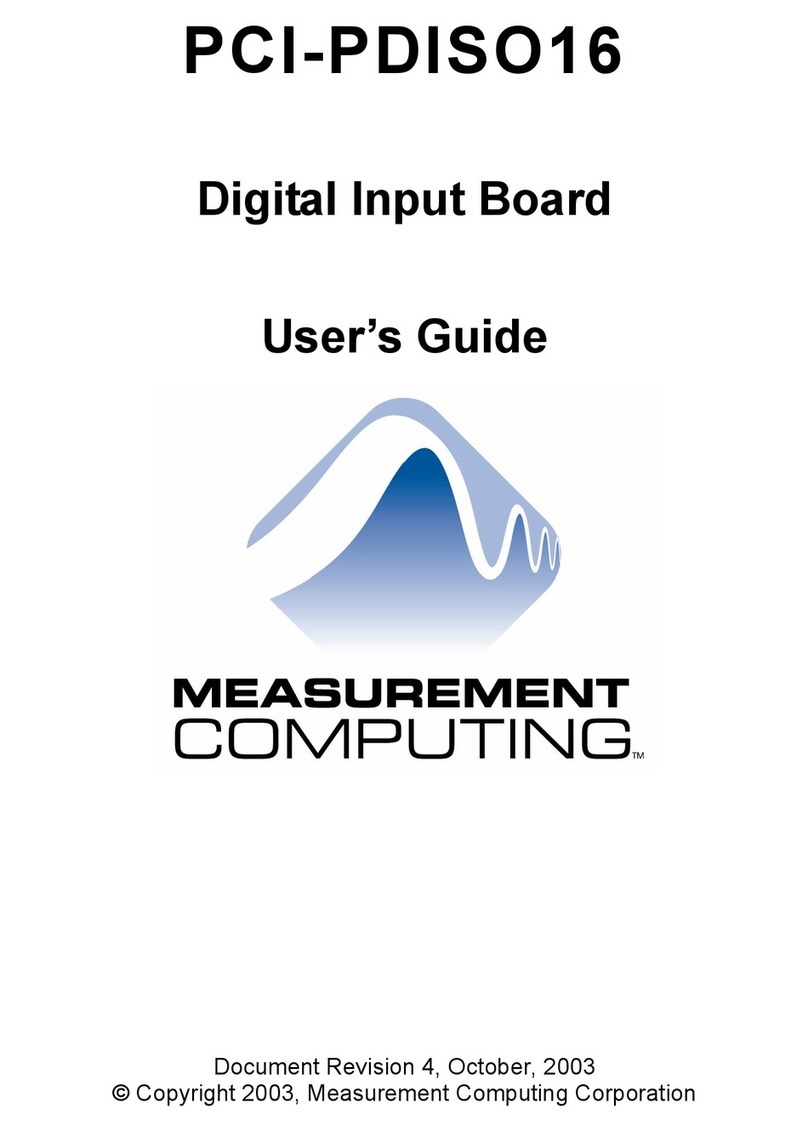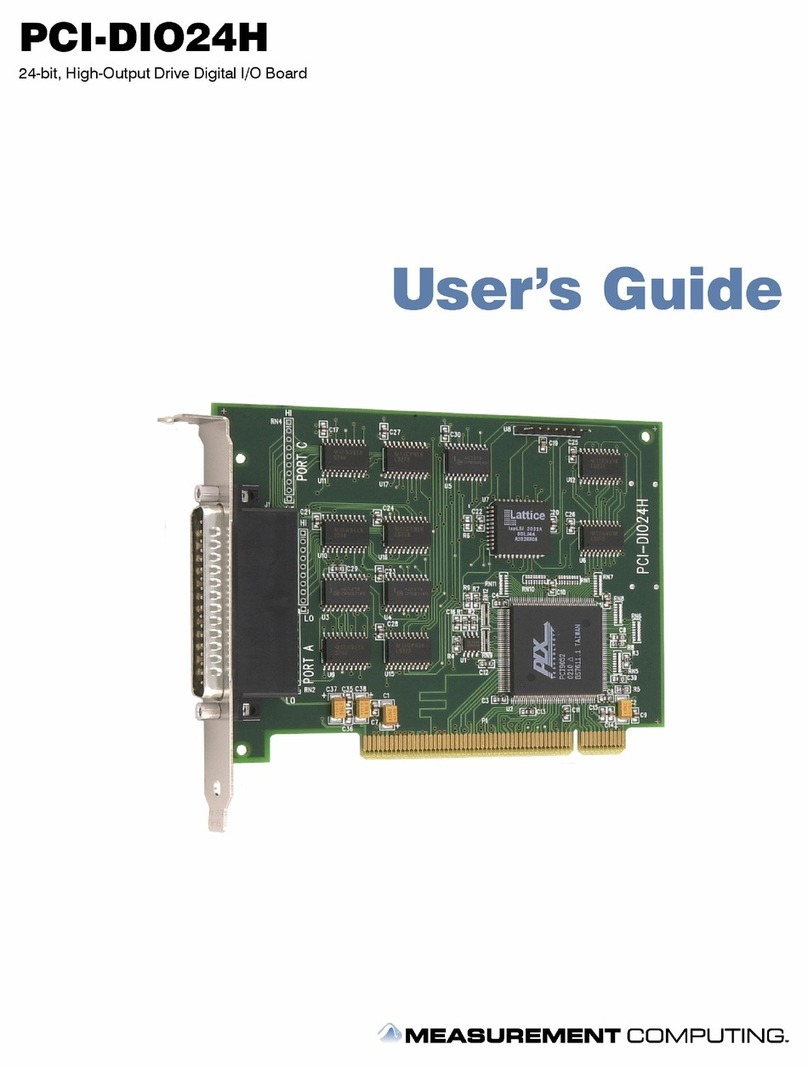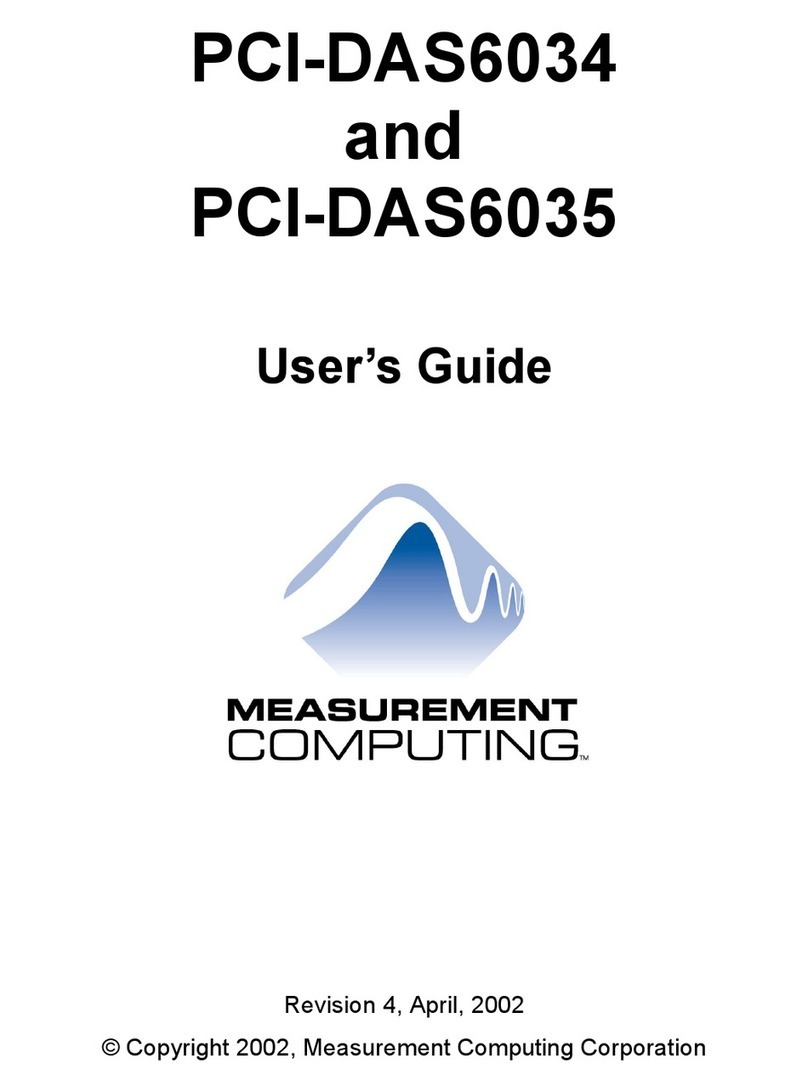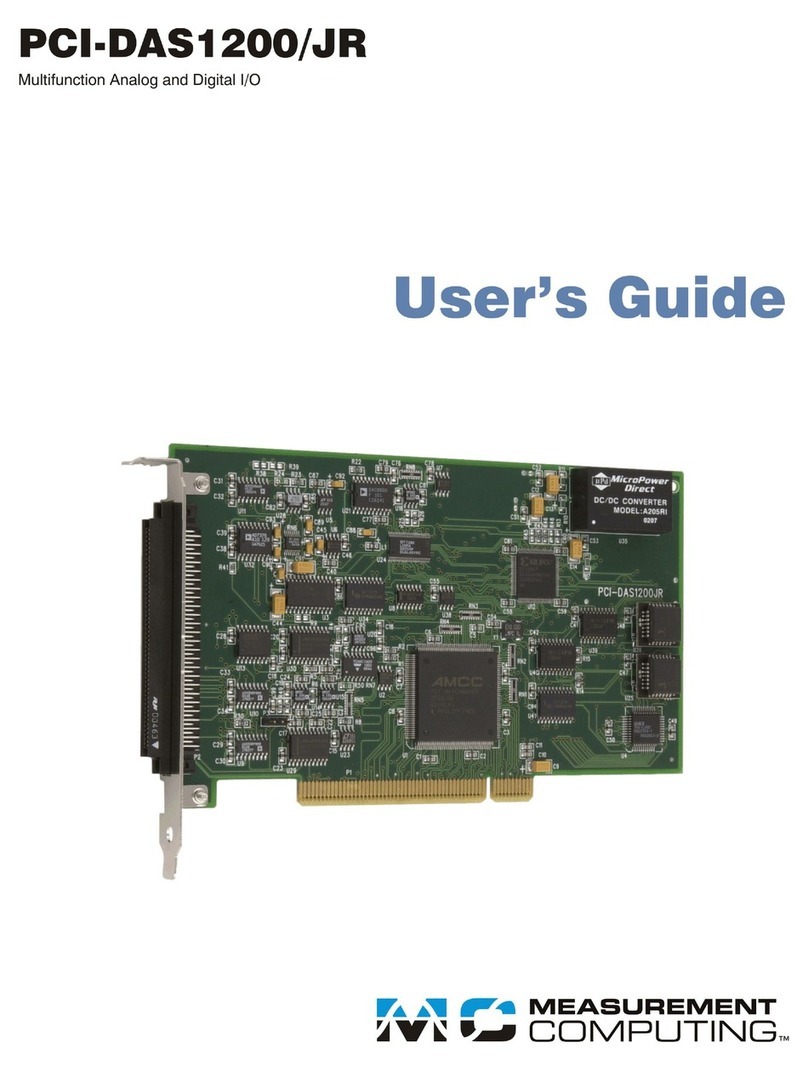
5
Table of Contents
Preface
About this User's Guide .......................................................................................................................7
What you will learn from this user's guide .........................................................................................................7
Conventions used in this user's guide .................................................................................................................7
Where to find more information.........................................................................................................................7
Chapter 1
Introducing the PCI-2515......................................................................................................................8
Overview: PCI-2515 features .............................................................................................................................8
Software features ................................................................................................................................................8
Chapter 2
Installing the PCI-2515..........................................................................................................................9
What comes with your PCI-2515 shipment? ......................................................................................................9
Hardware .......................................................................................................................................................................... 9
Additional documentation................................................................................................................................................10
Unpacking the PCI-2515 ..................................................................................................................................10
Installing the software ......................................................................................................................................10
Installing the hardware .....................................................................................................................................10
Configuring the hardware.................................................................................................................................11
Connecting the board for I/O operations ..........................................................................................................11
Connectors, cables – main I/O connector.........................................................................................................................11
Pin out – main I/O connector ...........................................................................................................................................12
Cabling .............................................................................................................................................................12
Field wiring and signal termination .................................................................................................................................13
Chapter 3
Programming and Developing Applications ....................................................................................14
Programming languages ...................................................................................................................................14
Packaged applications programs.......................................................................................................................14
Chapter 4
Functional Details ...............................................................................................................................15
PCI-2515 block diagram...................................................................................................................................15
Synchronous I/O – mixing analog, digital, and counter scanning ....................................................................15
Bus mastering DMA.........................................................................................................................................16
Analog input .....................................................................................................................................................16
Analog input scanning .....................................................................................................................................................16
Analog output ...................................................................................................................................................16
Digital I/O.........................................................................................................................................................17
Digital input scanning ......................................................................................................................................................18
Digital outputs and pattern generation .............................................................................................................................18
Triggering.........................................................................................................................................................18
Hardware analog triggering .............................................................................................................................................18
Digital triggering..............................................................................................................................................................19
Software-based triggering................................................................................................................................................19
Stop trigger modes ...........................................................................................................................................................19
Pre-triggering and post-triggering modes ........................................................................................................................19
Counter inputs ..................................................................................................................................................20
